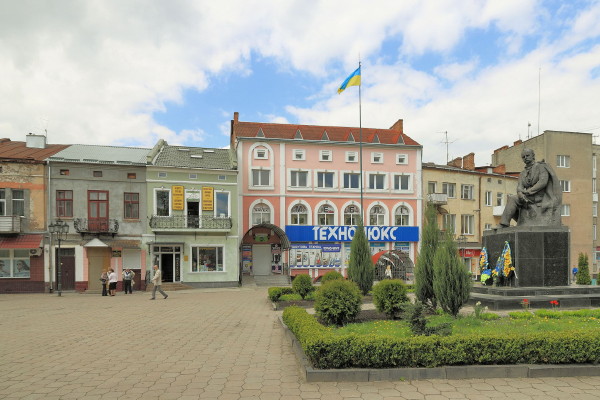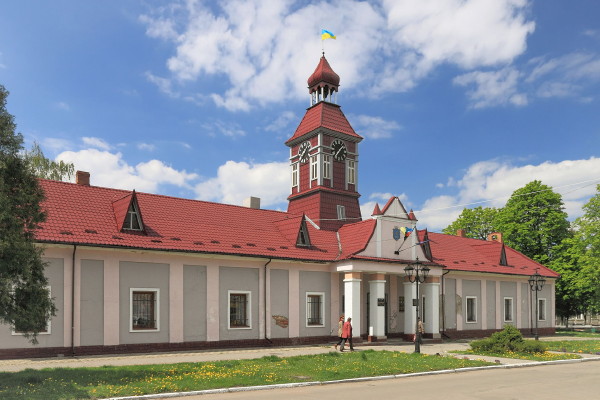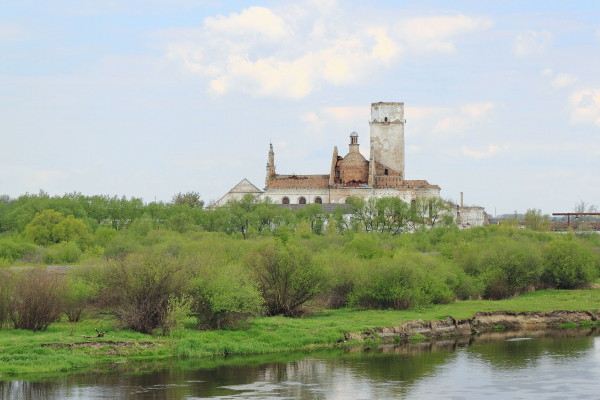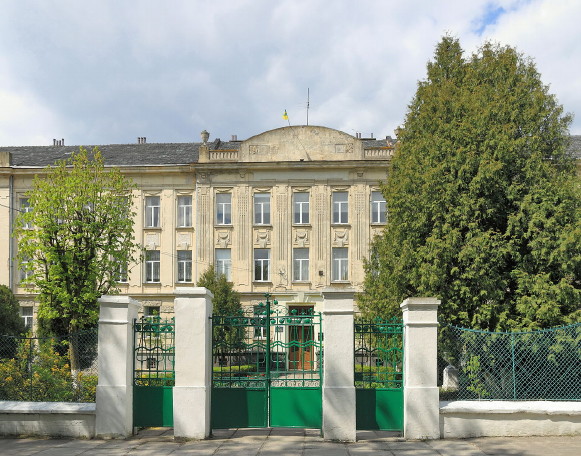Sokal
Sokal [Сокаль; Sokal']. Map: III-5. A city (1989 pop 22,400) on the Buh River and a raion center in Lviv oblast. It is first mentioned in historical documents in 1411, when it belonged to Belz land. It obtained the rights of Magdeburg law in 1424, and from 1462 it was a county center of Belz voivodeship. It developed slowly during the 15th and 16th centuries because of frequent attacks by the Crimean Tatars. In 1524 the town was rebuilt on the other side of the river, and its fortress was reinforced. During the next century it became an important center for the production of footwear, gold jewelry, and weapons. The Roman Catholics established two monasteries in the town. The Cossacks captured the town in 1648 and 1655, during Bohdan Khmelnytsky’s uprising and the Cossack-Polish War. After the partition of Poland in 1772, Sokal was annexed by Austria and became a county center of the Galician crown land. It prospered as a manufacturing and trading town and by the end of the 19th century had a population of 8,000. In February 1919 the Ukrainian Galician Army (see Sokal Brigade of the Ukrainian Galician Army) successfully resisted the Polish forces, but by the summer the Poles had captured Sokal. The Polish government established the Sokal border between Galicia and Volhynia. In 1939 the city was occupied by the Soviet Army. Today Sokal is an industrial center specializing in the manufacture of synthetic fibers, reinforced concrete, bricks, hosiery, and foodstuffs. Its main architectural monuments are an Orthodox chapel (15th century), Saint Nicholas’s Church (16th century), the remnants of the town walls and a tower (16th century), a Bernardine nunnery (1604), a Brigittine nunnery (1624), a Roman Catholic church in the Renaissance style (17th century), and Saint Michael’s Church, in the baroque style (1778–1835). Archeologists have discovered artifacts from the Mesolithic Period, Neolithic Period, Bronze Age, and Hellenic and Celtic periods in the Sokal region.
[This article originally appeared in the Encyclopedia of Ukraine, vol. 4 (1993).]



%20defensive%20walls.jpg)
.jpg)

.jpg)
.jpg)